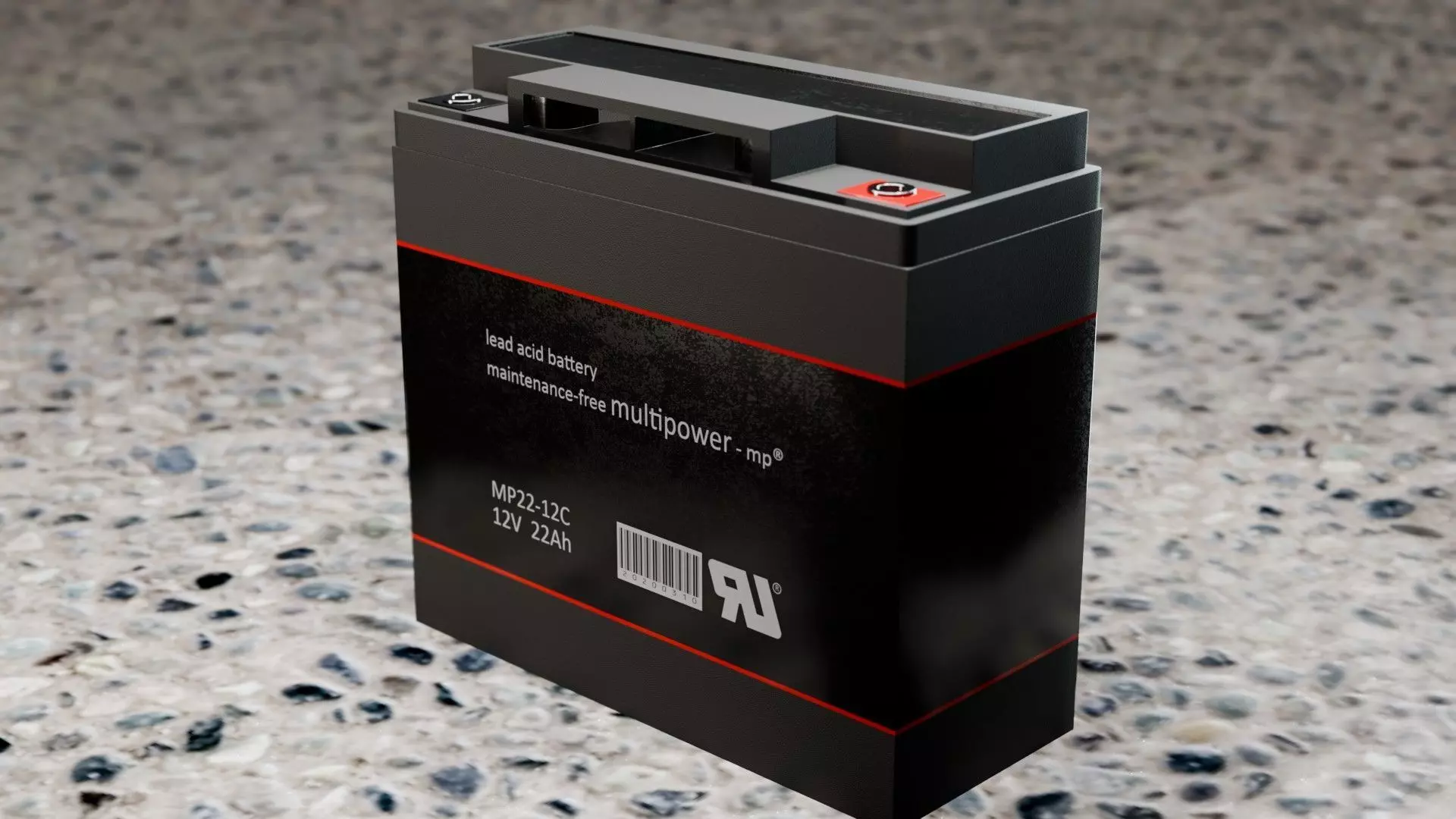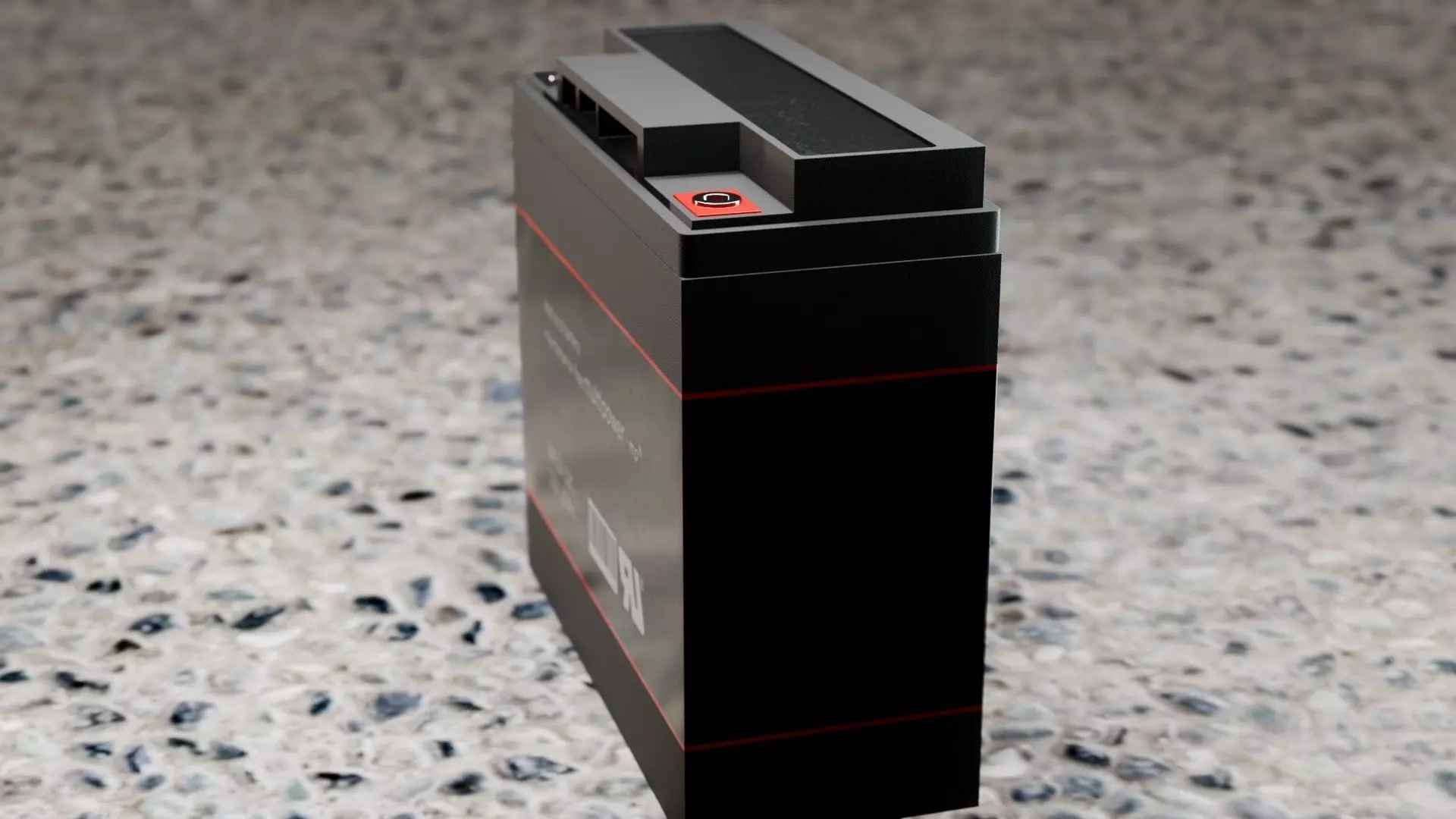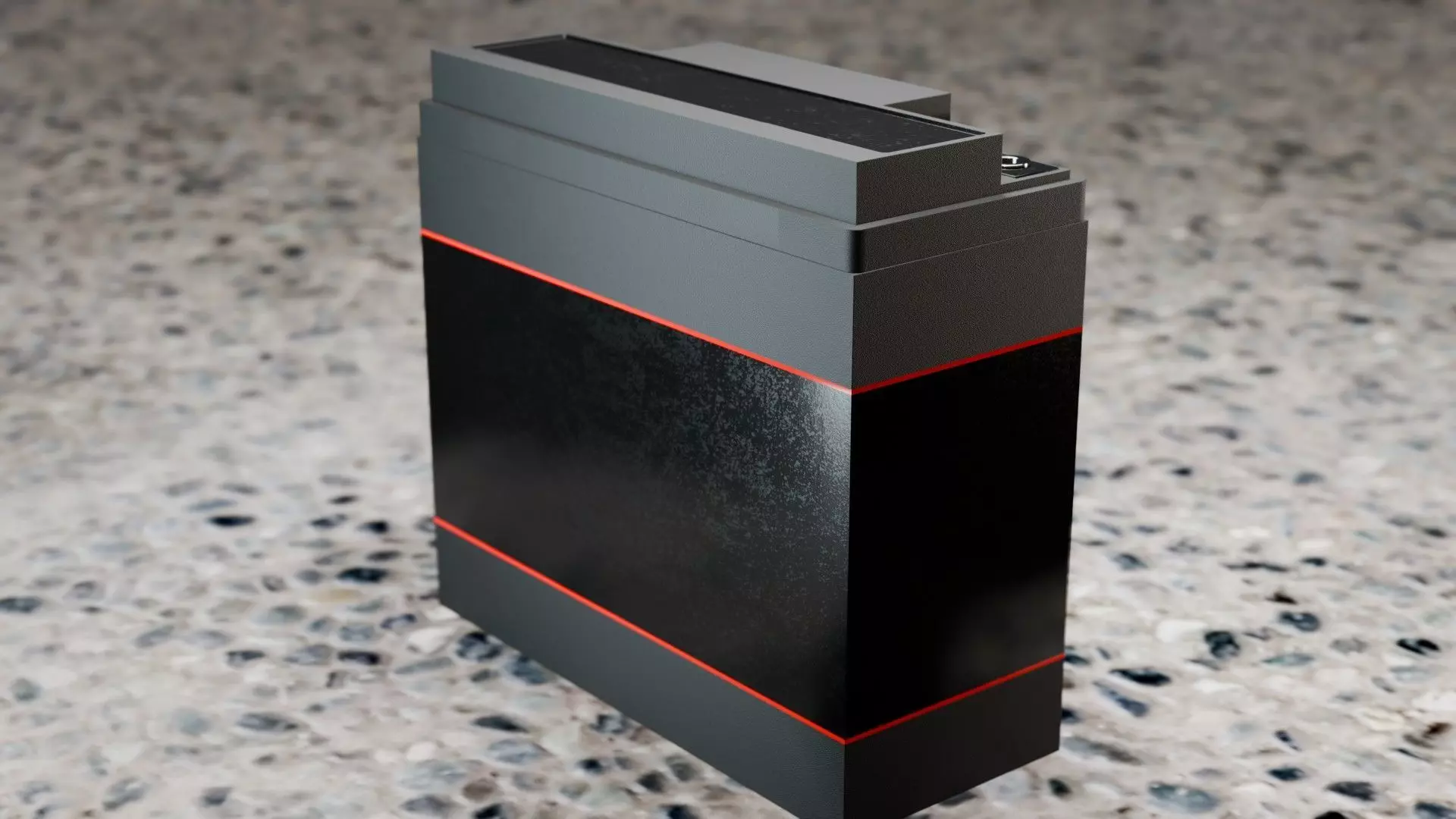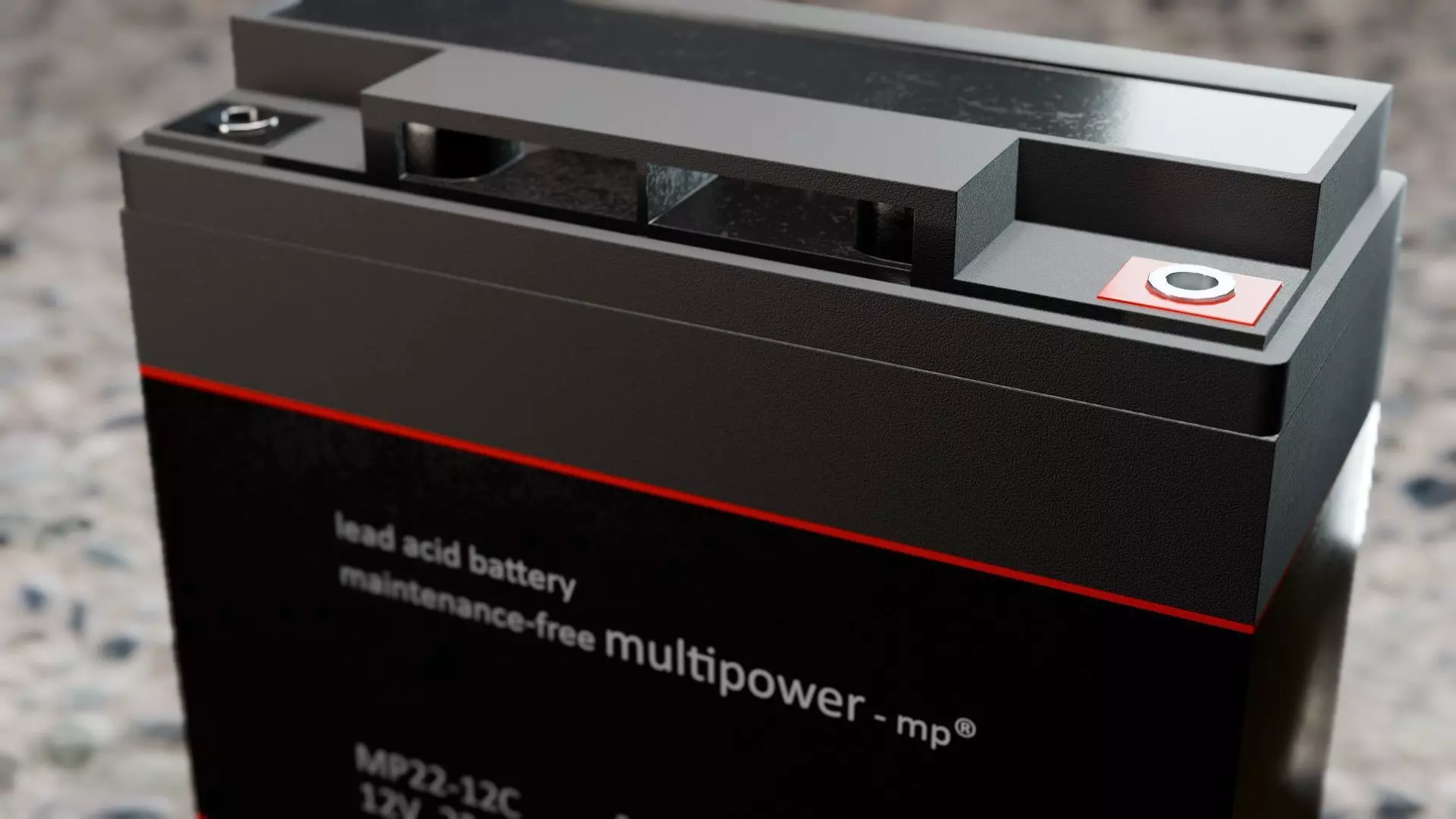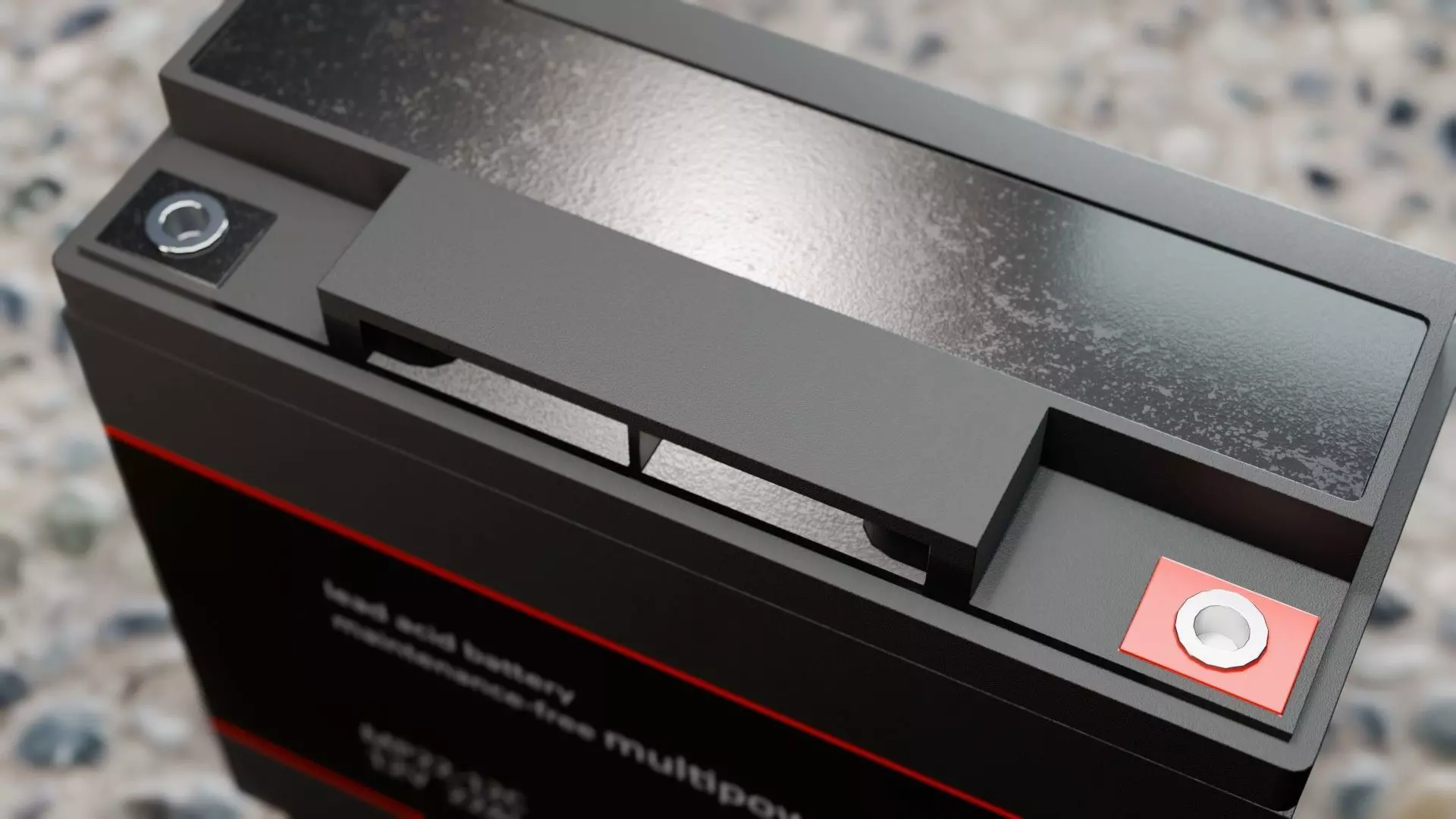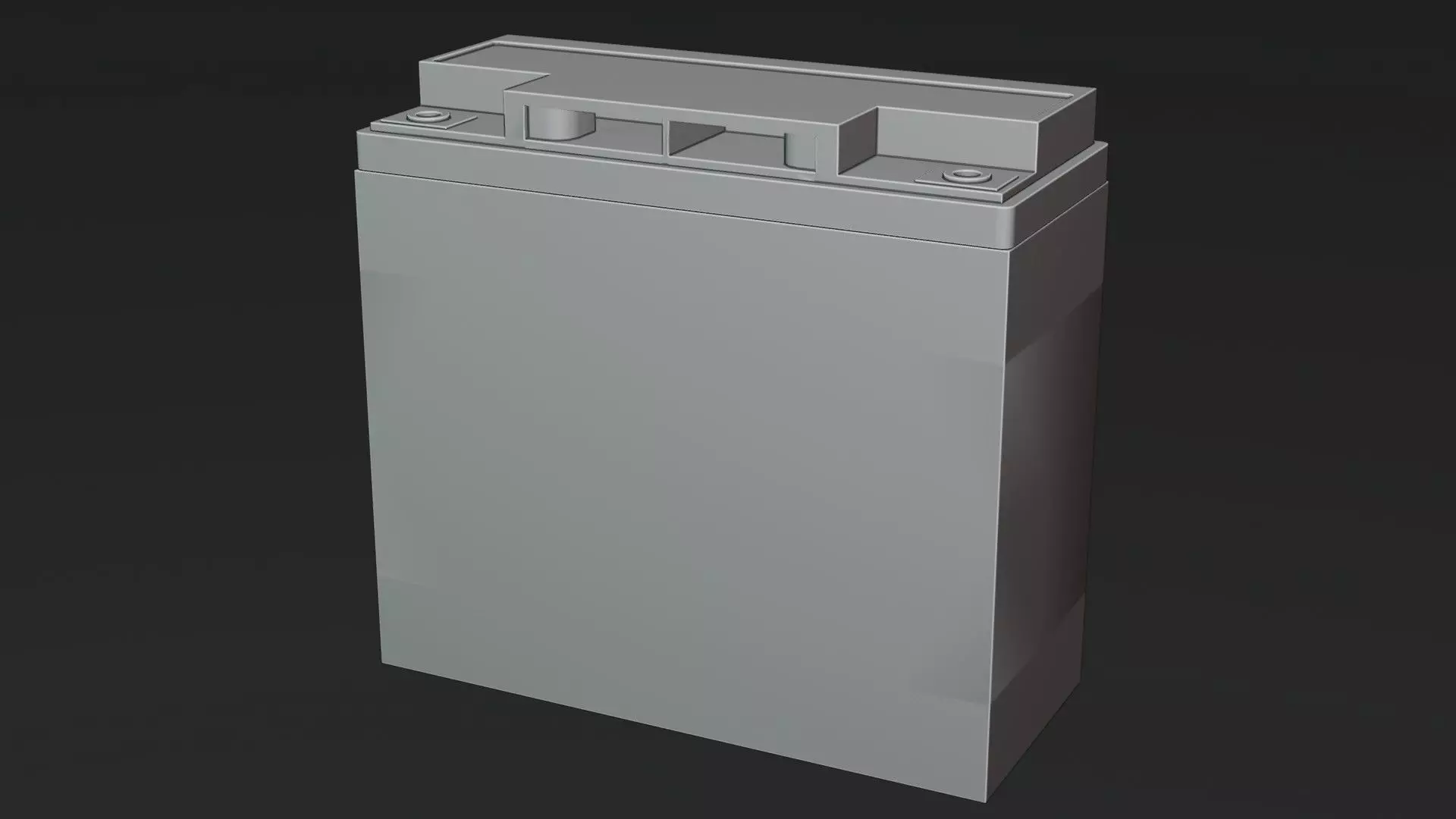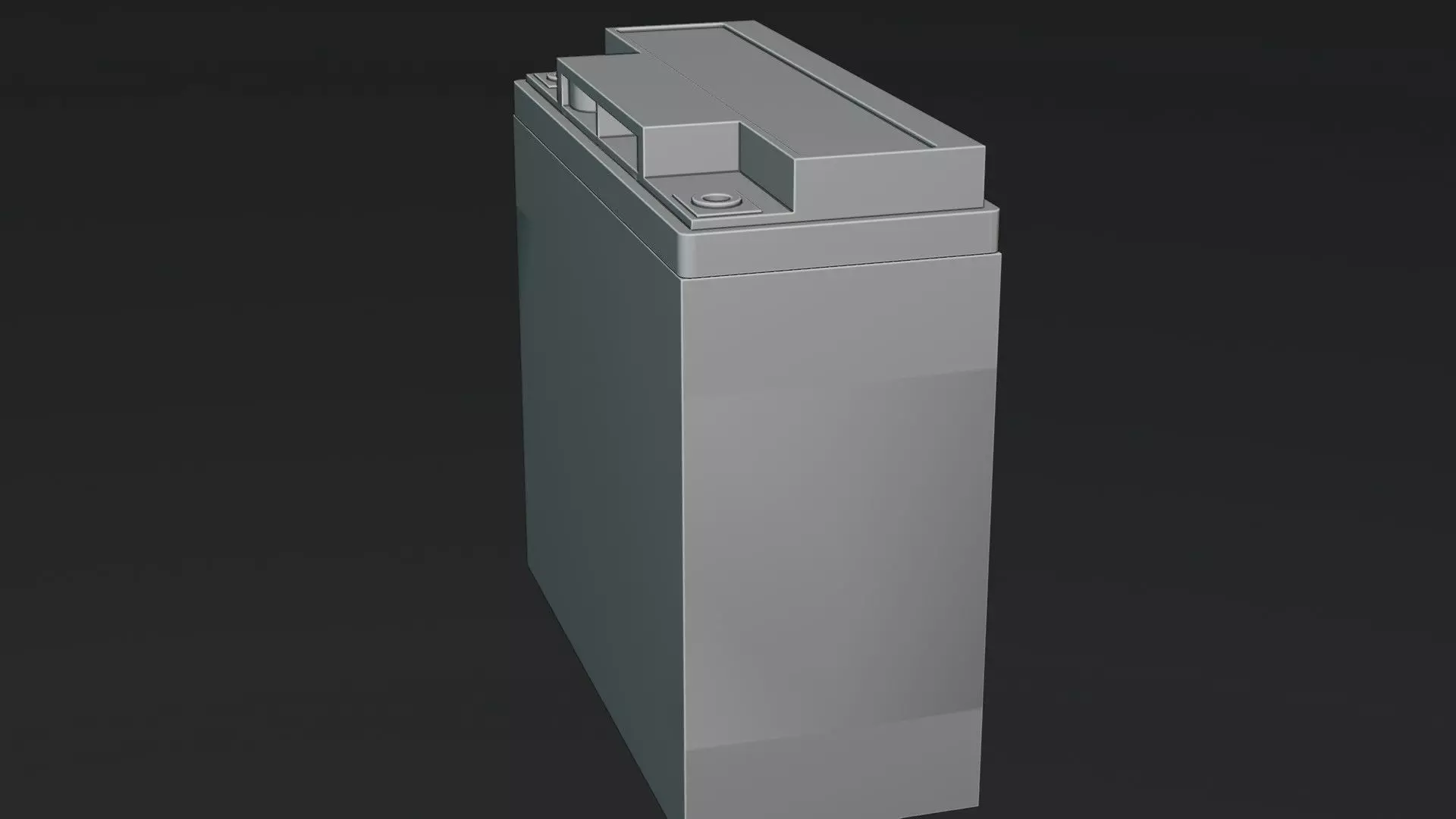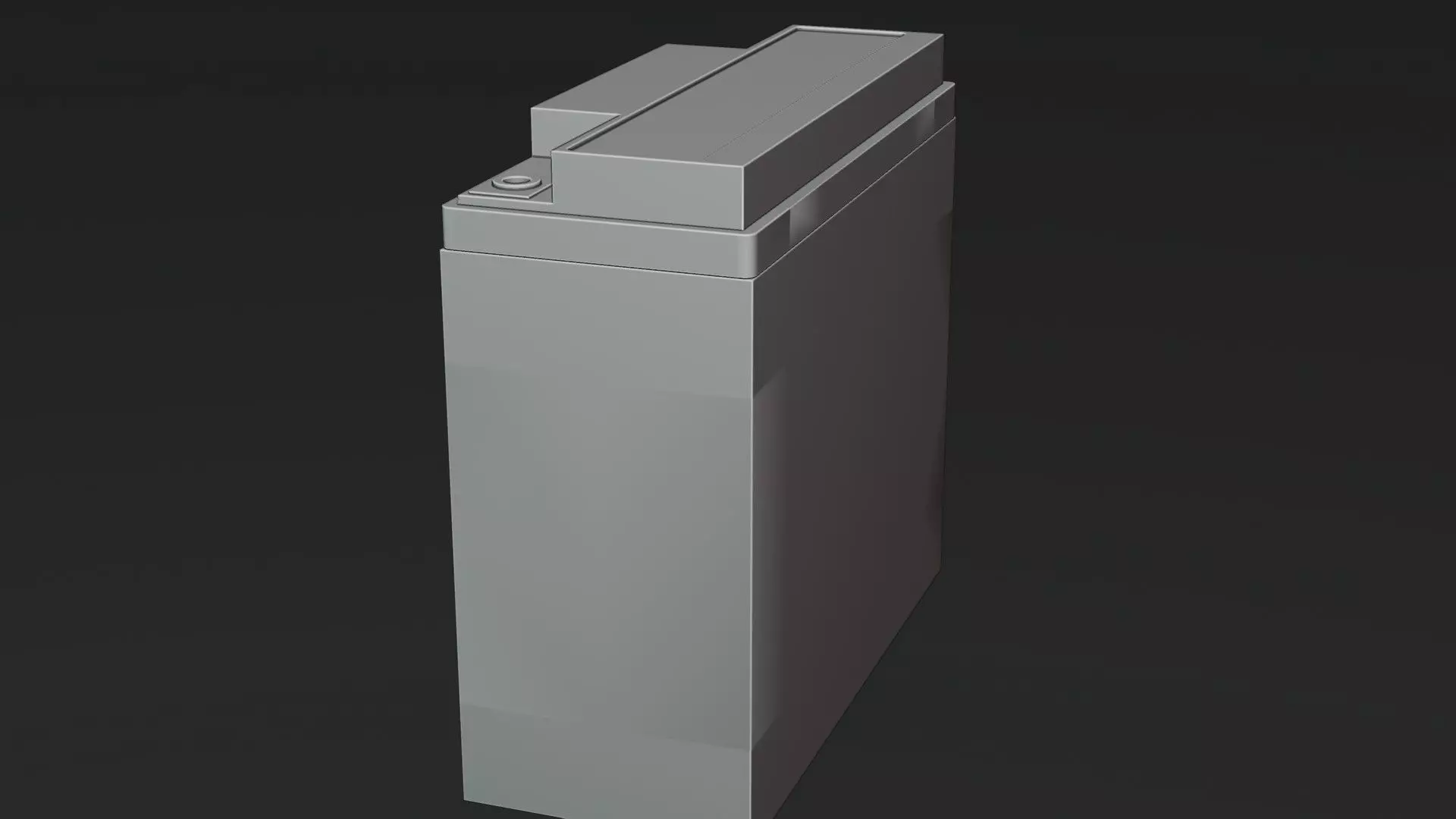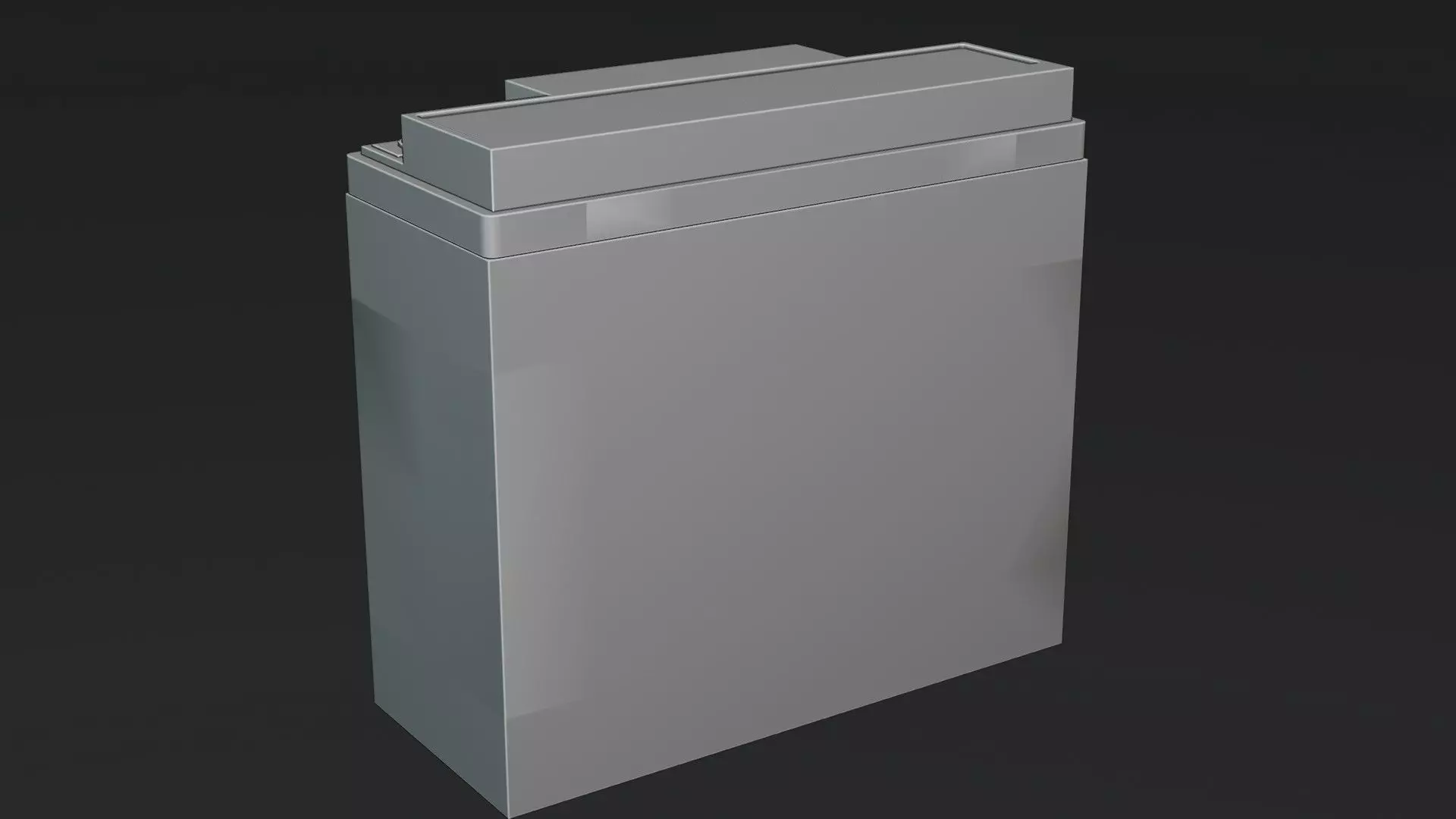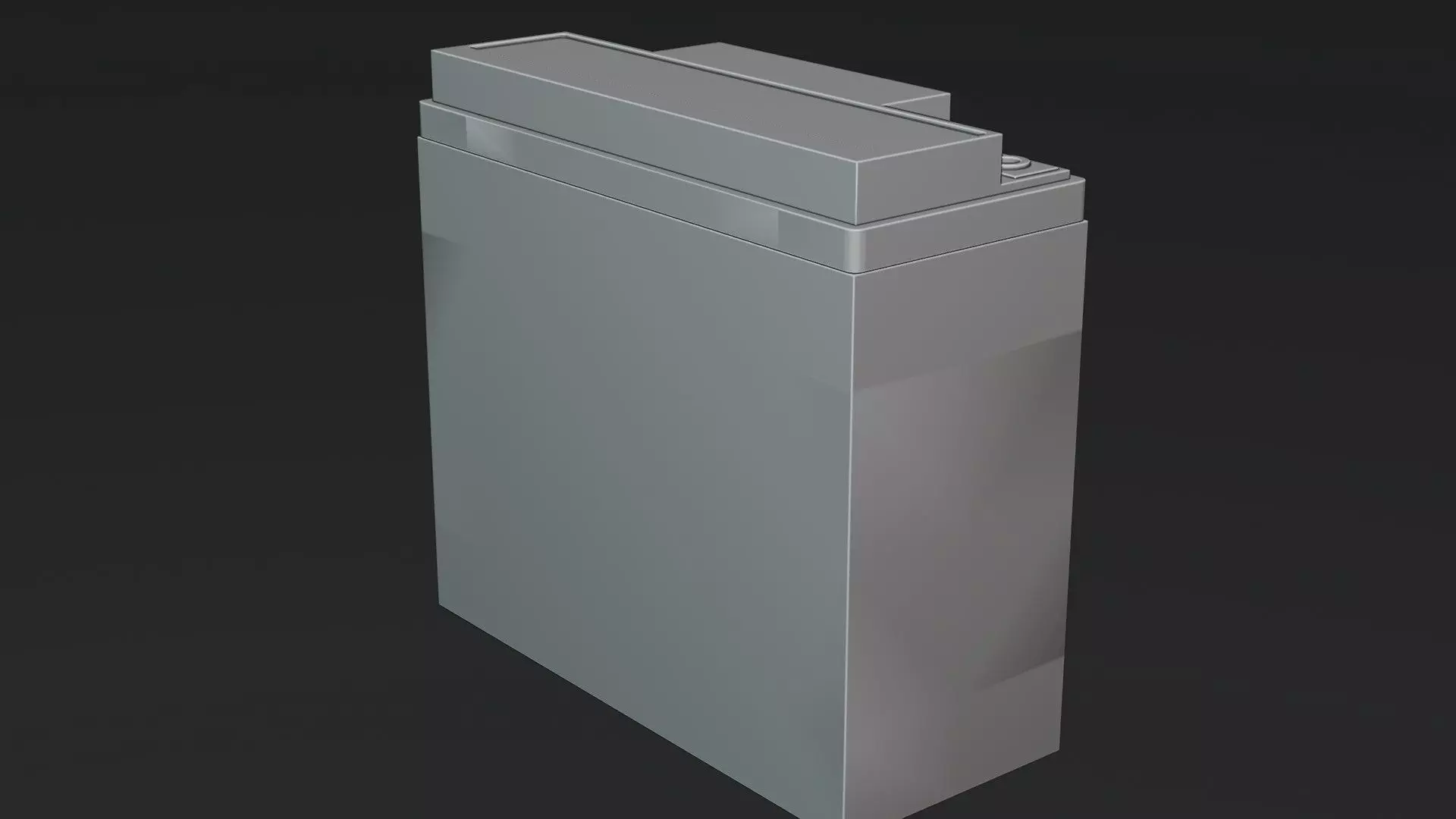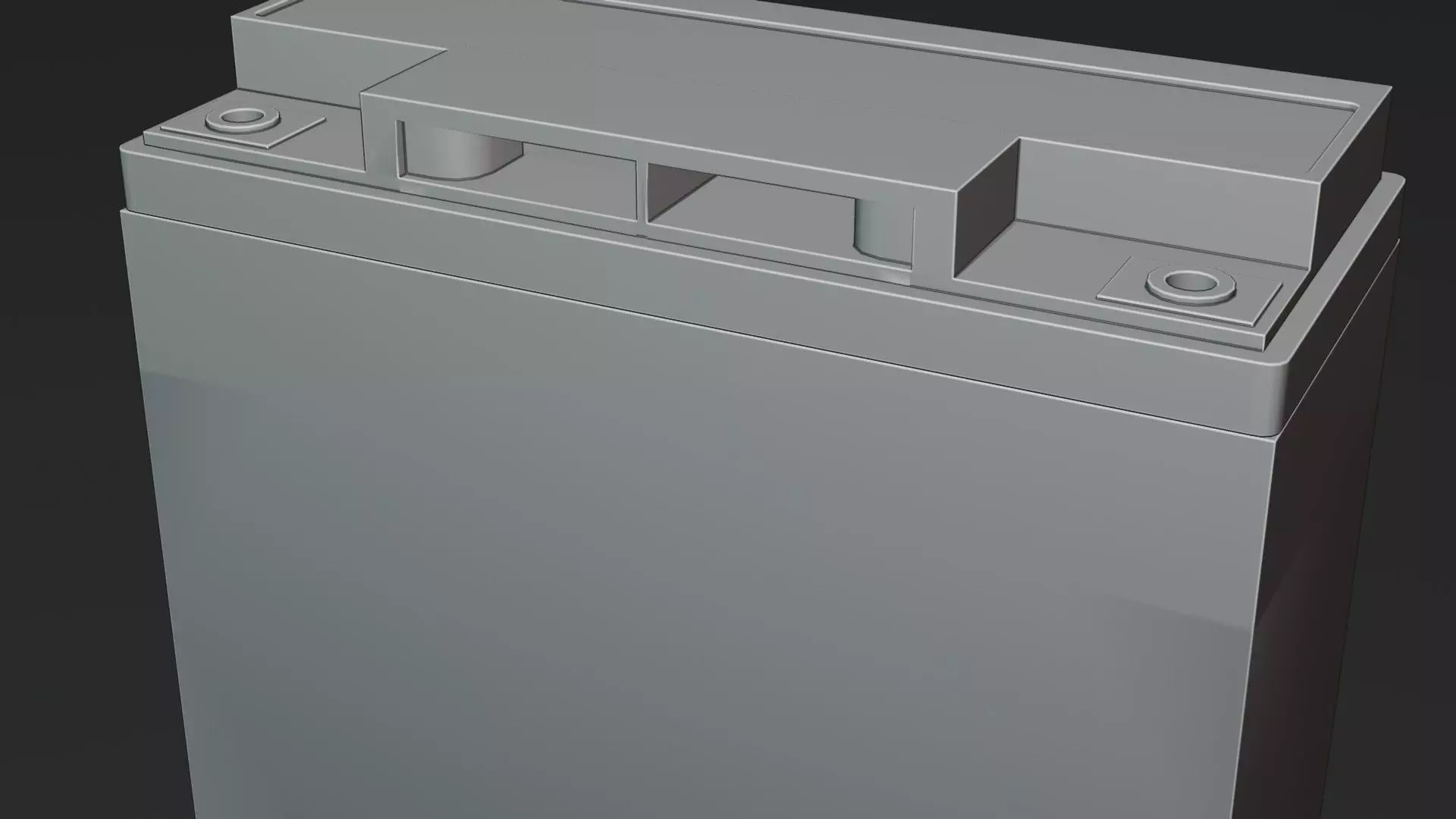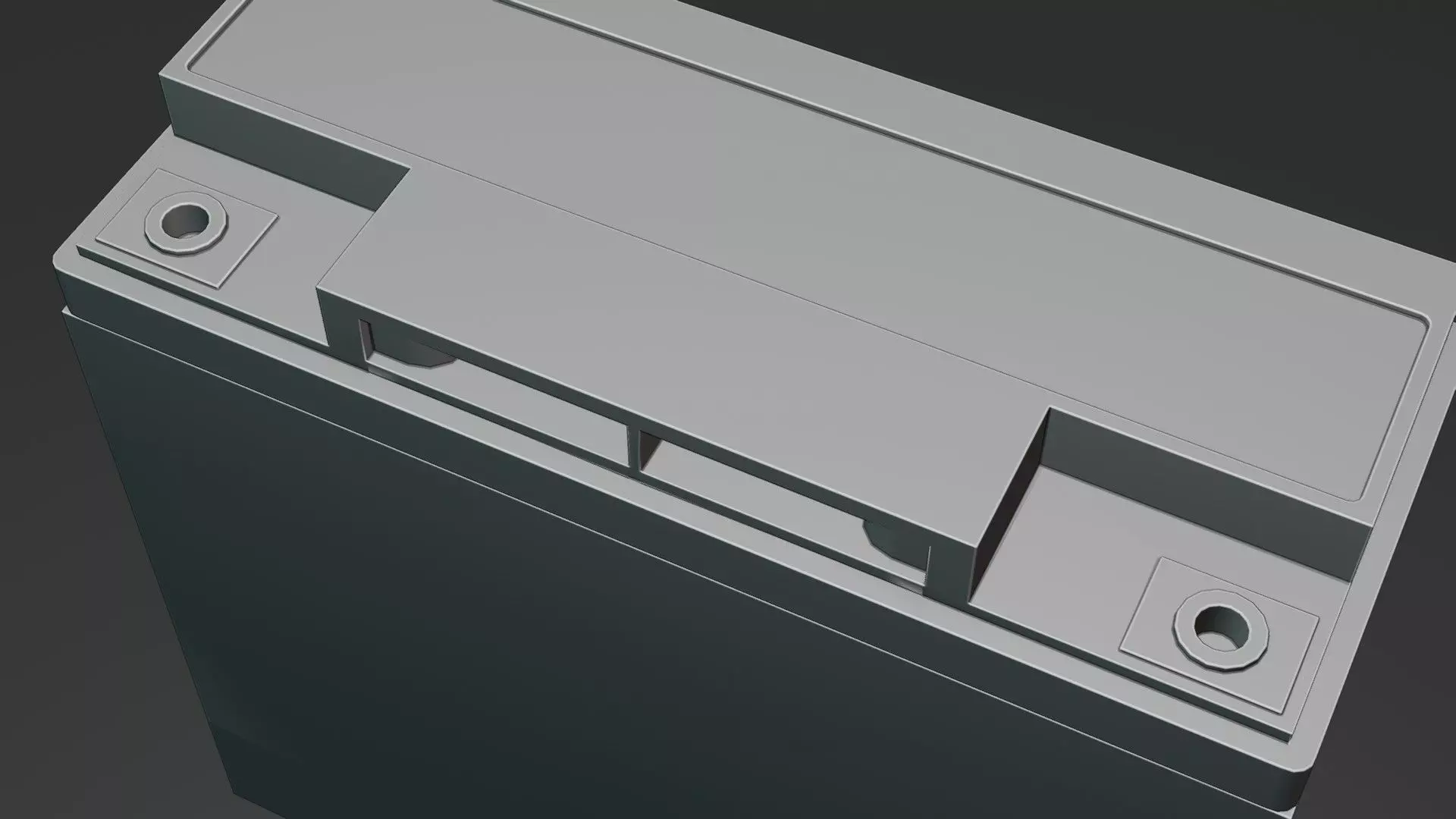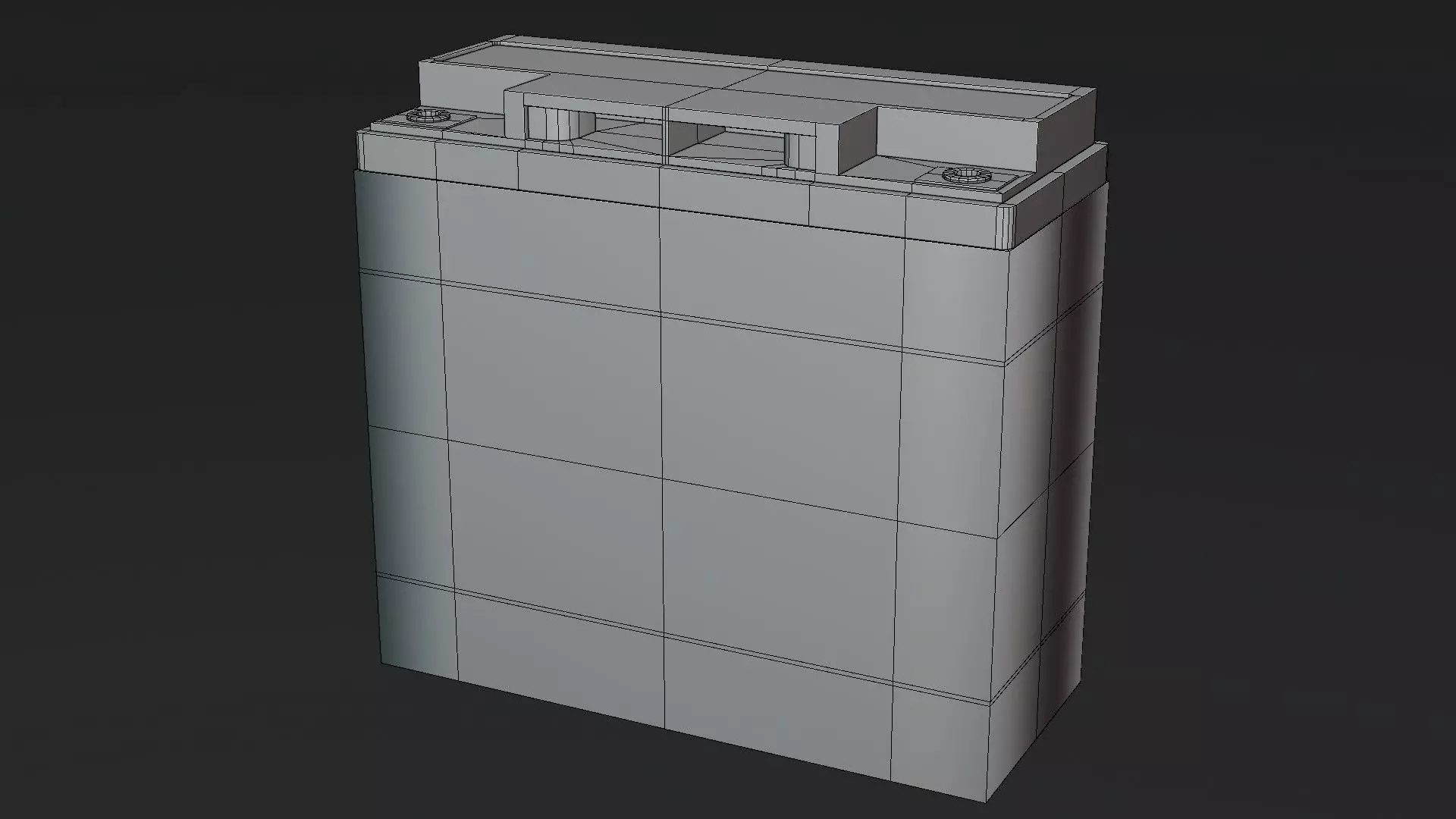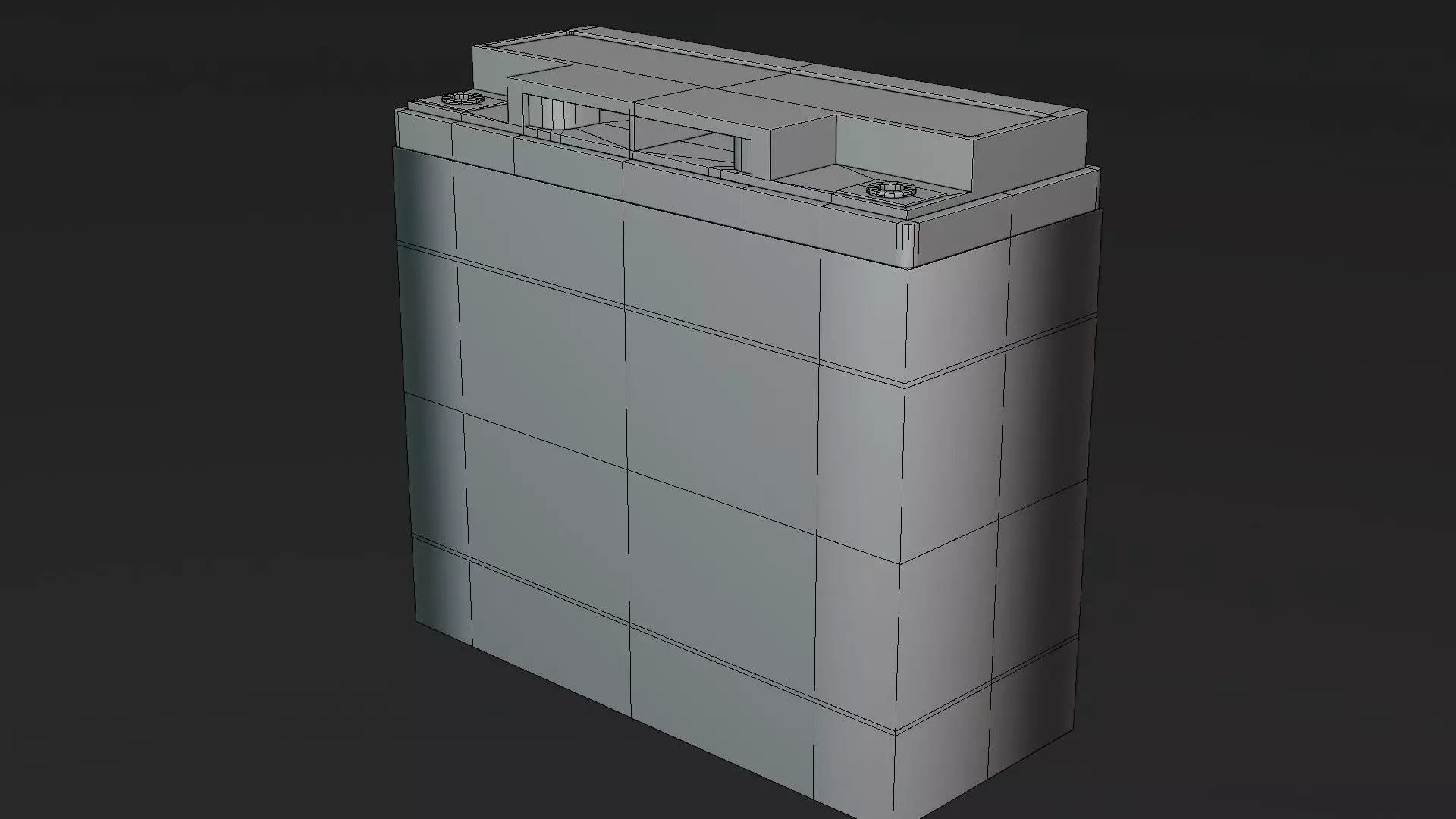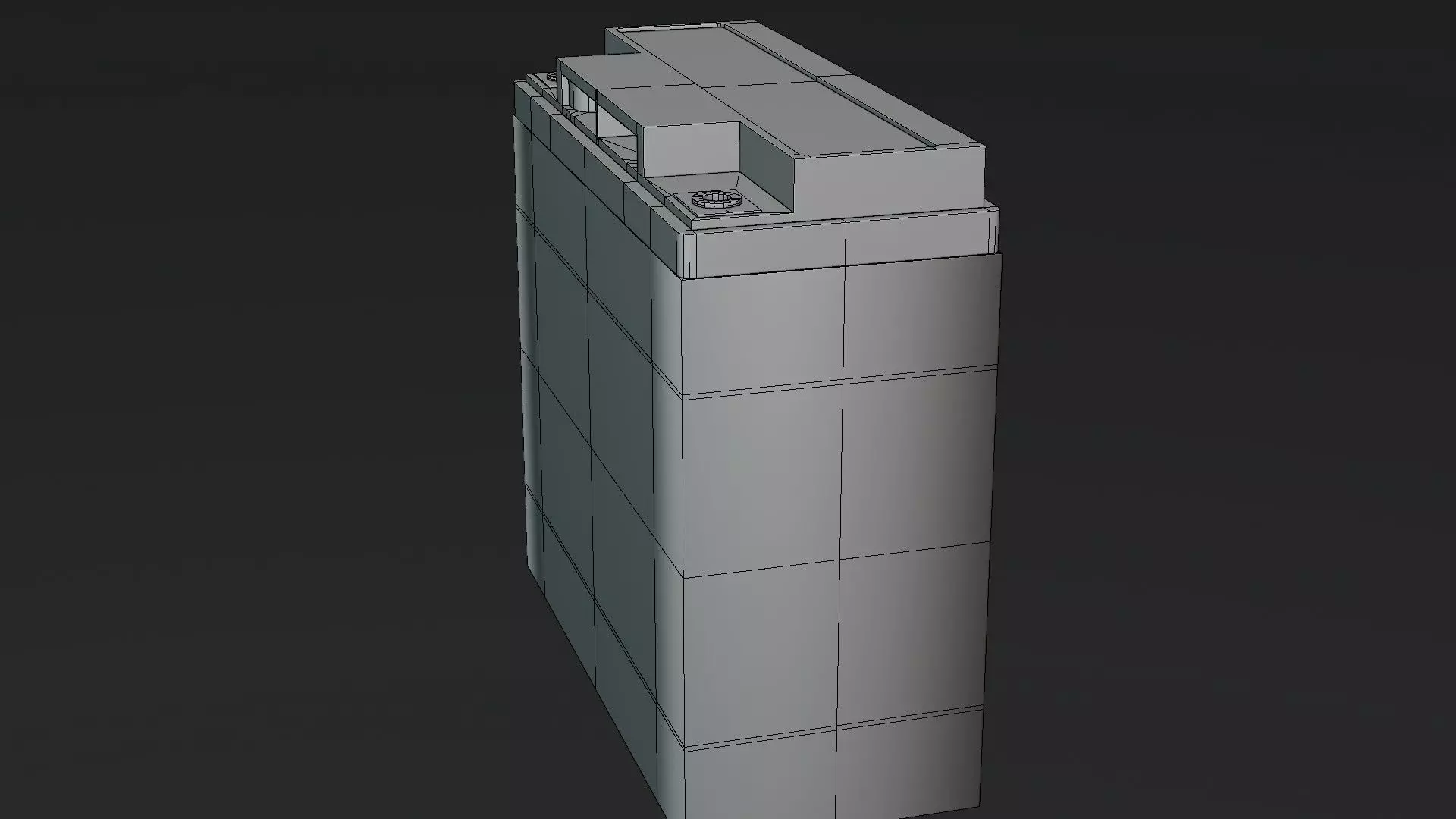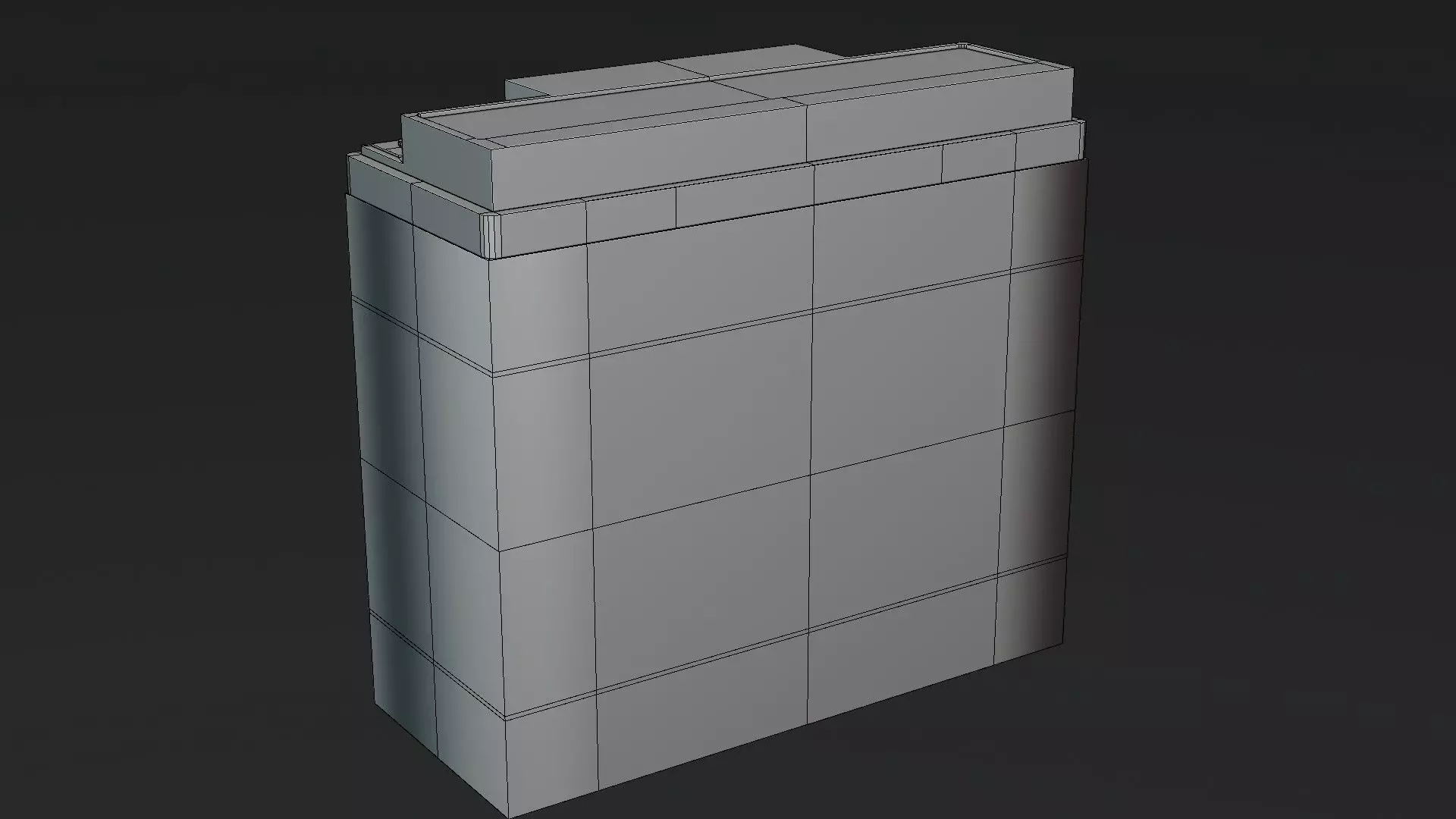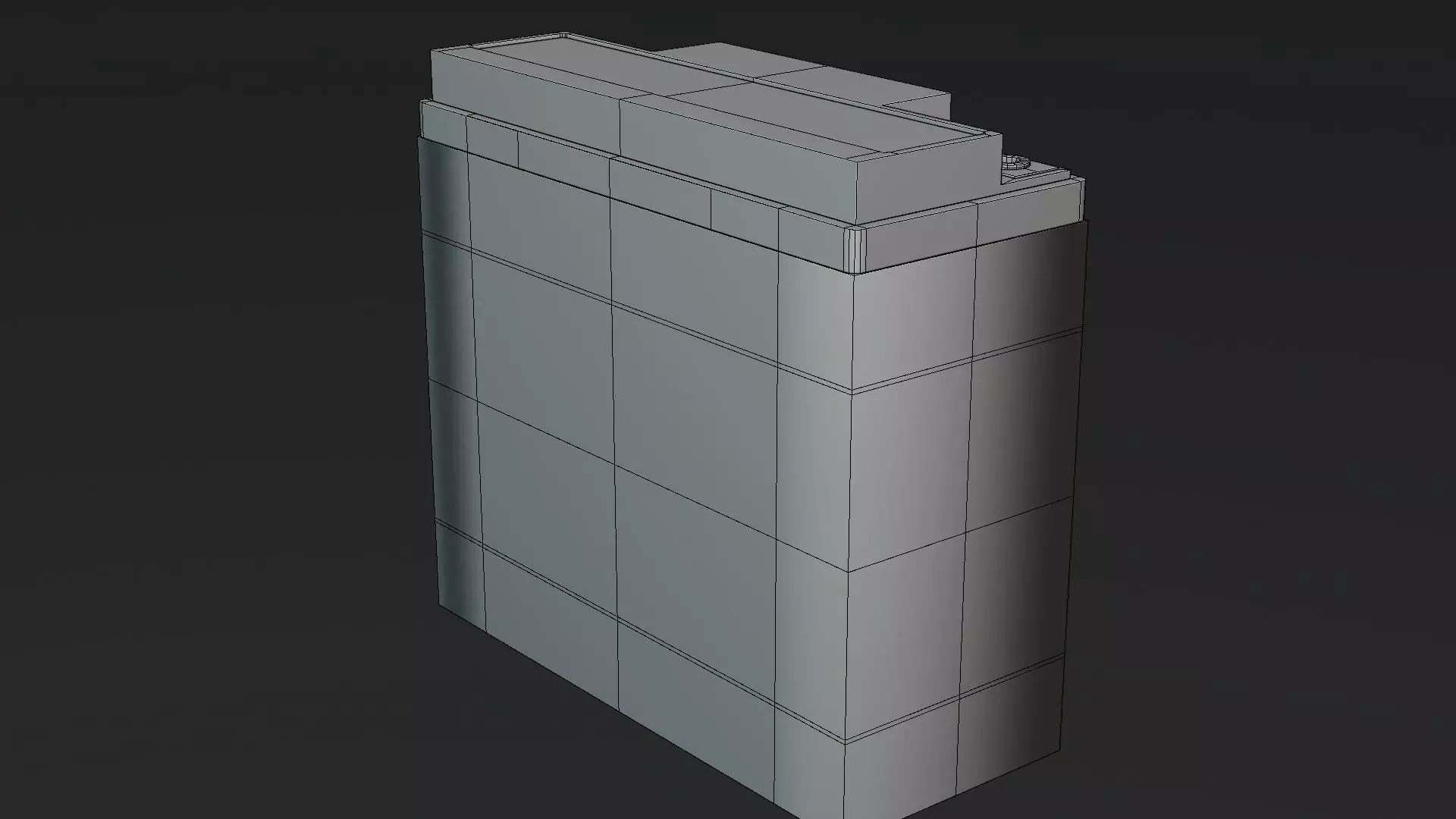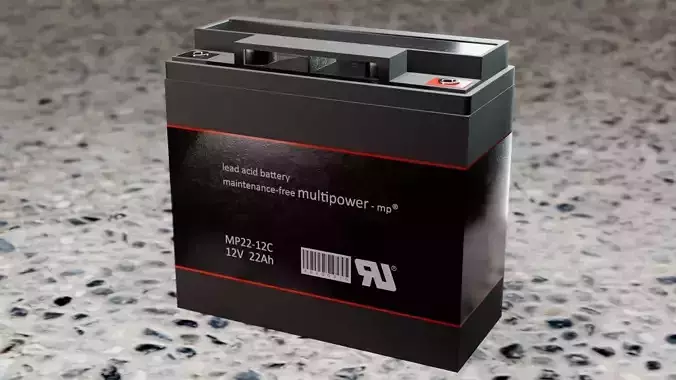
Battery 12V Low-poly 3D model
MP22-12C Lead Acid Battery – High-Quality 3D ModelProduct Overview: This realistic 3D model represents the Multipower MP22-12C sealed lead acid battery, designed with precision for technical visualizations, industrial scenes, product animations, and real-time applications. Featuring accurate proportions, clean geometry, and detailed terminals, it’s ideal for professionals seeking a versatile and visually authentic power unit.
Model Name: MP22-12C Lead Acid BatteryVoltage & Capacity: 12V, 22AhType: Maintenance-free Sealed Lead Acid (SLA)Design: Black casing with red accents and crisp white labelingTerminals: Detailed Faston connectors (F3 or F4 depending on variant)Dimensions: Modeled to real-world scale based on manufacturer specs
Ideal Use CasesTechnical product visualizationIndustrial and mechanical simulationsElectronics and DIY project scenesGame asset integration (Low-poly version available on request)AR/VR environmentsFilm, advertising, and educational content
A valve regulated lead–acid (VRLA) battery, commonly known as a sealed lead–acid (SLA) battery, is a type of lead–acid battery characterized by a limited amount of electrolyte (starved electrolyte) absorbed in a plate separator or formed into a gel; proportioning of the negative and positive plates so that oxygen recombination is facilitated within the cell; and the presence of a relief valve that retains the battery contents independent of the position of the cells.
There are two primary types of VRLA batteries, absorbent glass mat (AGM) and gel cell (gel battery). Gel cells add silica dust to the electrolyte, forming a thick putty-like gel. AGM (absorbent glass mat) batteries feature fiberglass mesh between the battery plates which serves to contain the electrolyte and separate the plates. Both types of VRLA batteries offer advantages and disadvantages compared to flooded vented lead–acid (VLA) batteries or each other.
Due to their construction, the gel cell and AGM types of VRLA can be mounted in any orientation, and do not require constant maintenance. The term maintenance free is a misnomer as VRLA batteries still require cleaning and regular functional testing. They are widely used in large portable electrical devices, off-grid power systems and similar roles, where large amounts of storage are needed at a lower cost than other low maintenance technologies like lithium ion.

